Web apps are essential in the digital era for enabling a variety of online activities, such as communication, banking, and shopping. But as our reliance on web apps has grown, so too have our security worries. Web application flaws have the ability to cause serious financial and reputational harm to enterprises by exposing private user information, undermining system integrity, and more. This post will examine several common web application vulnerabilities and practical defences against potential online dangers.
1. Cross-Site Scripting (XSS):
Cross-Site Scripting is a common vulnerability that allows attackers to inject malicious scripts into web pages viewed by other users. This occurs when an application does not properly validate user input, enabling the execution of harmful code within the user’s browser. By exploiting XSS vulnerabilities, attackers can steal session cookies, hijack user accounts, and conduct phishing attacks. To mitigate XSS vulnerabilities, developers must implement input validation and output encoding techniques, ensuring that user-provided data is properly sanitized before rendering it on web pages.
2. SQL Injection (SQLi):
SQL Injection is a serious vulnerability that occurs when malicious SQL code is inserted into web application input fields. If an application does not sanitize user input correctly, attackers can manipulate SQL queries and gain unauthorized access to the application’s database. This can lead to the exposure of sensitive data or even the complete compromise of the database. To prevent SQL Injection attacks, developers should adopt parameterized queries and use prepared statements to separate SQL code from user data effectively.
3. Cross-Site Request Forgery (CSRF):
CSRF is a deceptive attack in which a user is tricked into unknowingly performing actions on a web application without their consent. This occurs when an attacker crafts a malicious request that exploits the user’s authenticated session. To defend against CSRF attacks, developers can implement anti-CSRF tokens, which are unique and dynamically generated tokens embedded in HTML forms. These tokens validate the authenticity of requests, ensuring that they originate from legitimate sources.
4. Insecure Direct Object References (IDOR):
Insecure Direct Object References occur when an attacker can access resources directly by manipulating parameters, such as URLs or form fields, that reference sensitive objects or files within the application. This vulnerability allows attackers to bypass authorization controls and access privileged information. Implementing proper access controls, such as checking user permissions against requested resources, can help prevent IDOR vulnerabilities and protect sensitive data.
5. Security Misconfigurations:
Security misconfigurations result from improper configurations of web servers, databases, or application frameworks. These misconfigurations often leave unnecessary default settings, debug information, or sensitive files exposed to potential attackers. Regular security audits and automated tools can help identify and rectify misconfigurations, ensuring that the application environment remains secure.
6. Broken Authentication and Session Management:
Weak authentication and session management practices can lead to unauthorized access to user accounts. Common vulnerabilities include weak password policies, session fixation, and session ID prediction. To enhance authentication and session management security, developers should implement multi-factor authentication, enforce strong password policies, and generate unique session IDs for each user session.
7. Insecure File Uploads:
Web applications that allow file uploads may be susceptible to various attacks if not adequately validated. Attackers can upload malicious files containing malware, which can be executed on the server or distributed to other users. To mitigate this risk, developers should employ strict file type validation, isolate uploaded files in a separate directory with restricted permissions, and utilize anti-virus scanning to detect malicious content.
8. Insufficient Transport Layer Protection:
Without proper encryption, sensitive data transmitted between the client and the server can be intercepted and exploited. Secure Socket Layer (SSL) or Transport Layer Security (TLS) protocols should be implemented to establish encrypted connections, protecting data during transit. Website owners can obtain SSL/TLS certificates from reputable Certificate Authorities to provide a secure connection over HTTPS.
In an increasingly digital environment, maintaining user safety and consumer confidence through web application security is essential. Businesses and developers may defend their apps against possible cyber attacks by comprehending the usual flaws that attackers exploit and putting into place effective remedies.
Squids360 provides thorough online application security services, such as penetration testing and vulnerability analysis. Squids360 helps companies find and fix security flaws by utilizing industry-leading technologies and knowledge, assuring the best degree of safety for their online applications. Squids360 helps companies to strengthen their online presence and provide a safe and secure user experience for their consumers by emphasizing a proactive approach to security.








